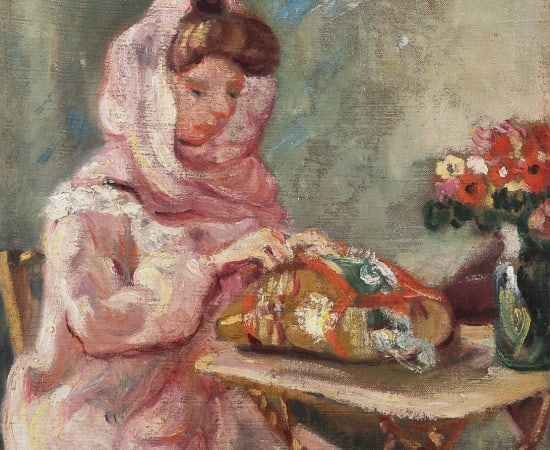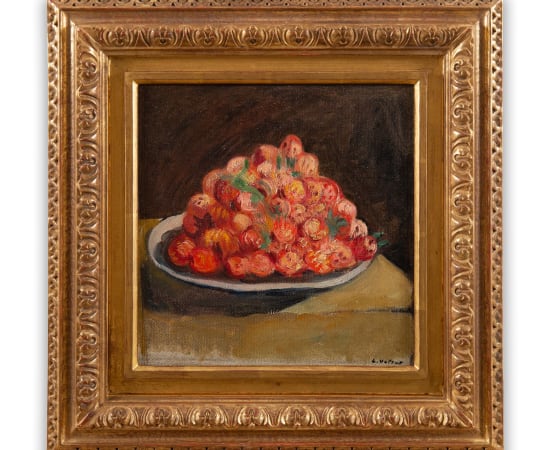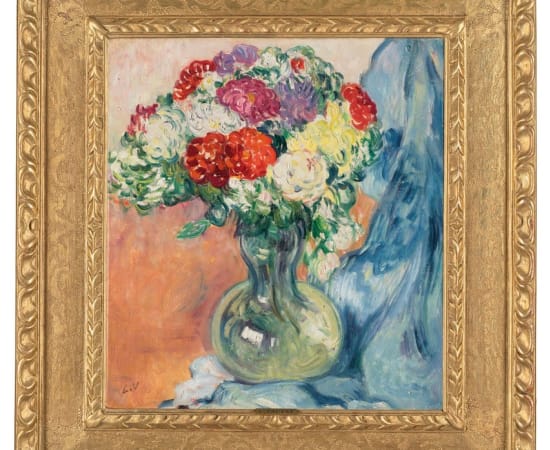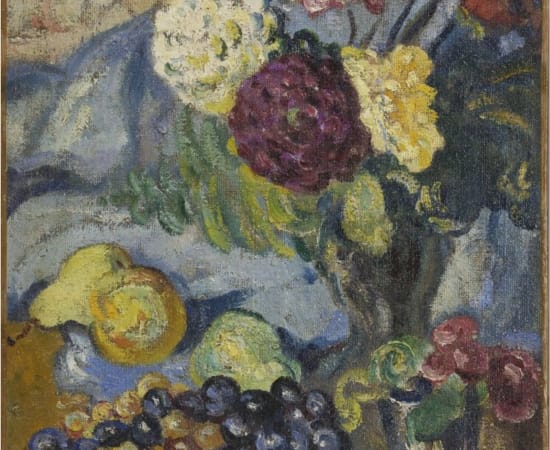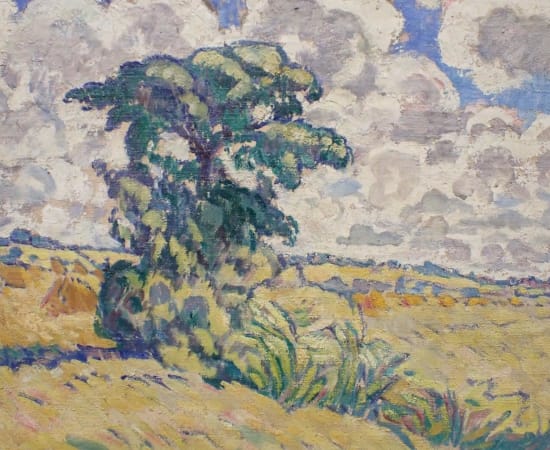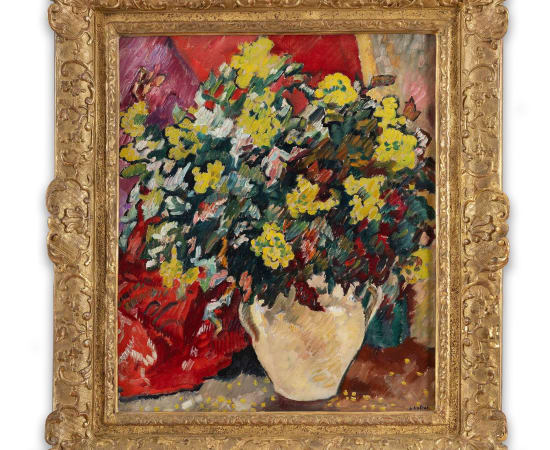Louis Valtat (1869-1952) French
Works
Biography
Bridging Impressionism and Fauvism, Pioneer of Color and Light
At Bailly Gallery, we highlight artists who shaped the evolution of modern art through innovation and vibrant expression. Louis Valtat is a pivotal figure whose work serves as a dynamic bridge between Impressionism and Fauvism, celebrated for his radiant use of color, light, and lively brushwork.
Born in Dieppe, France in 1869, Valtat studied at the prestigious École des Beaux-Arts in Paris. Early in his career, he exhibited alongside the Impressionists, absorbing their fascination with natural light and atmospheric effects. However, Valtat’s palette and style soon evolved toward a bolder, more intense chromatic language that anticipated the Fauvist movement.
Valtat was one of the first artists to embrace the vivid, non-naturalistic colors that would define Fauvism, exhibiting alongside Henri Matisse and André Derain in the seminal 1905 Salon d’Automne exhibition. His works—ranging from landscapes and still lifes to portraits—are characterized by a joyful immediacy and a lyrical synthesis of form and color.
Throughout his career, Valtat maintained a distinctive voice, combining Impressionist sensitivity with Fauvist vibrancy, while also exploring expressive brushwork and composition. His sunny coastal scenes, lush gardens, and intimate interiors evoke a sense of harmony and vitality, inviting viewers into a world rich with color and light.
Valtat’s art is represented in major institutions including the Musée d’Orsay, the Centre Pompidou, and the Art Institute of Chicago. His contribution to modern art is increasingly recognized by collectors and scholars alike, highlighting his role as a key link in the development of early 20th-century painting.
At Bailly Gallery, we proudly present Louis Valtat as a master of color and light—an artist whose work captures the joyous spirit of modernism and continues to inspire those who appreciate the interplay of innovation and tradition.
At Bailly Gallery, we highlight artists who shaped the evolution of modern art through innovation and vibrant expression. Louis Valtat is a pivotal figure whose work serves as a dynamic bridge between Impressionism and Fauvism, celebrated for his radiant use of color, light, and lively brushwork.
Born in Dieppe, France in 1869, Valtat studied at the prestigious École des Beaux-Arts in Paris. Early in his career, he exhibited alongside the Impressionists, absorbing their fascination with natural light and atmospheric effects. However, Valtat’s palette and style soon evolved toward a bolder, more intense chromatic language that anticipated the Fauvist movement.
Valtat was one of the first artists to embrace the vivid, non-naturalistic colors that would define Fauvism, exhibiting alongside Henri Matisse and André Derain in the seminal 1905 Salon d’Automne exhibition. His works—ranging from landscapes and still lifes to portraits—are characterized by a joyful immediacy and a lyrical synthesis of form and color.
Throughout his career, Valtat maintained a distinctive voice, combining Impressionist sensitivity with Fauvist vibrancy, while also exploring expressive brushwork and composition. His sunny coastal scenes, lush gardens, and intimate interiors evoke a sense of harmony and vitality, inviting viewers into a world rich with color and light.
Valtat’s art is represented in major institutions including the Musée d’Orsay, the Centre Pompidou, and the Art Institute of Chicago. His contribution to modern art is increasingly recognized by collectors and scholars alike, highlighting his role as a key link in the development of early 20th-century painting.
At Bailly Gallery, we proudly present Louis Valtat as a master of color and light—an artist whose work captures the joyous spirit of modernism and continues to inspire those who appreciate the interplay of innovation and tradition.
Enquire






